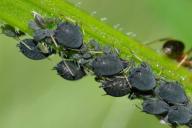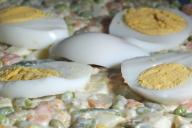A nice carpet can make your house warm and cozy, but it can also add some disadvantages.
Carpets can make your maintenance and cleaning routines more complicated, so they aren't recommended everywhere.
Here are some carpet disadvantages and inconveniences you should know about.
Stains and spills
Carpets are more prone to stains and spills compared to other types of flooring.
If something spills on a carpet, it can quickly seep into the fibers and become difficult to remove completely.

This can make it harder to keep your carpet looking clean and presentable.
Dirt and debris
Carpets tend to trap dirt, dust, and other particles within their fibers.
Regular foot traffic can push these particles deeper into the carpet, making it harder to clean.
Vacuuming alone may not be enough to remove all the dirt and debris, requiring additional cleaning methods.
Allergens and dust mites
Carpets can harbor allergens such as dust mites, pet dander, and pollen.
These allergens can trigger allergies or respiratory issues, especially for sensitive individuals.
Regular cleaning and maintenance are necessary to minimize allergen buildup in carpets.
Odors
Carpets can absorb and retain odors from various sources like pets, spills, or food.
Over time, these odors can become trapped in the carpet fibers and create an unpleasant smell.
Special treatments or professional cleaning may be required to eliminate persistent odors.
Moisture and mold
Carpets can absorb moisture, whether from spills, leaks, or high humidity levels.
If not properly dried, this moisture can lead to mold or mildew growth, which can damage the carpet and pose health risks.
Addressing moisture issues promptly is crucial to maintaining a healthy carpeted environment.
Previously, we talked about creating children-proof apartments.









